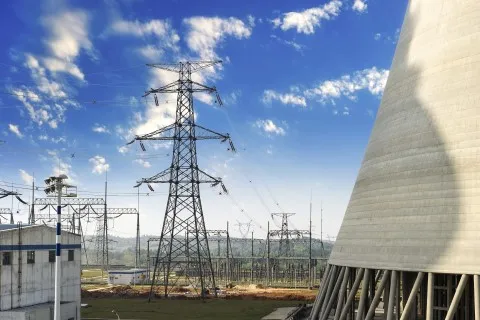
Why another tariff cut for Chinese IPPs is highly unlikely now
Will coal miners give way to IPPs?
It has been noted that the 2014 full year earnings season is the next catalyst for the China power sector with generation numbers already out, and the capacity outlook for IPPs and commentary around capacity additions for renewables are two key areas of interest.
According to a research note from Barclays, further, two key things to watch out for in this year's negotiations between IPPs and coal miners are that IPPs will most likely agree on a coal price higher than spot (or at least the RMB 20/t discount to spot over the last year would narrow).
Also, another thing to keep an eye out for is the proportion and duration of the coal supply agreement may shift incrementally towards spot-based purchases.
Barclays noted that this will be supportive for coal producers. However, Barclays believe this reduces the likelihood of another round of tariff cuts for IPPs, which it has considered in its base case, and could bring upside risk to its forecasts--while Barclays' coal cost assumptions for 2015 are already RMB10/t higher than spot).
Earnings for IPPs in China are more geared towards tariffs than coal prices, on Barclays' estimates.
Here's more from Barclays:
Wind speeds should improve from a low base in 2015, but even with that taken into account, stocks are not cheap: The cut in the power tariff for new wind farms in Zones I-III will not materially change valuations, and may actually accelerate the capacity addition pipeline in the short term, we believe.
With no tariff cut to Zone IV, companies with higher exposure to that zone should see better returns on capacity growth compared to those with a higher exposure to Zones I to III. Curtailment rates are also higher in a few areas covered in Zones I to III. Huaneng Renewables (OW) has over 60% exposure and a greater presence in Zone IV, with the vast majority of its incremental projects located there.
Continue to prefer IPPs over renewables, Datang (991 HK) is our best idea: A strengthening cash flow cycle, improving visibility on the sustainability of earnings and most importantly, attractive valuations are the key drivers for our preference of IPPs over renewables in the China Power & Utility sector.
While earnings growth for the Renewable sector is likely to be better than IPPs, a stretched balance sheet is a key drag on the investment cases, while growth is mostly reflected in their c100% valuation premium over IPPs, in our view. In addition to mark to market, impairment charges for Datang in 2014 and higher utilisation hours for wind companies are major changes.













 Advertise
Advertise











